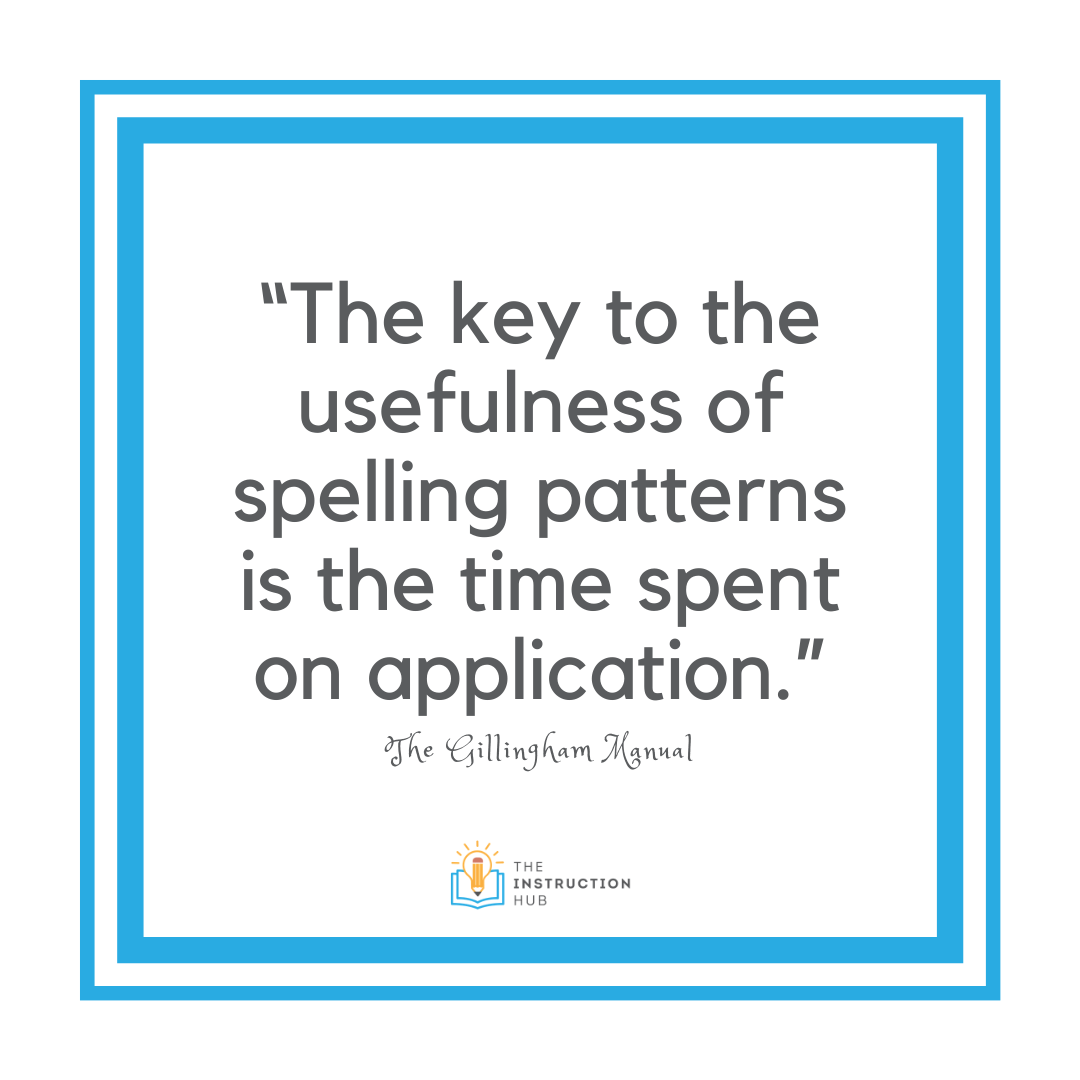1-1-1 Doubling Rule
Do you know the Three Great Rules?
This could go in many directions, couldn’t it? The Three Great Rules I am talking about are related to spelling. Whether you are a teacher, tutor, parent, or even an adult learner who wants to improve your own knowledge of language skills, grab a notepad and pen and let’s take a few notes. I am going to share a series of blog posts that cover each of these rules and resources I use to teach them. This first one is about the 1-1-1 Doubling Rule.
Some practitioners refer to these as generalizations or patterns. The reason for that being that there will be exceptions to the “rule.” So why even bother with teaching them? One of my must have resources is the Gillingham Manual. If you are in the field of language based learning differences, I would recommend you have this in your resources.
The Gillingham Manual states that spelling patterns, “provide students with the structure that governs the English language. It is important for students to recognize that, for the most part, spelling is regular and predictable.” I find this encouraging because that means that I can learn and teach patterns that will help me and my students be successful spellers (and readers). Reading and spelling go hand in hand, so in learning a spelling pattern (the analytic piece or taking apart of a word) it will help the reading piece (the synthetic or putting together of a word).
Teacher or practitioner tip: emphasize the spelling component. After all, this is a spelling generalization. Yes, it is helpful for reading, but you will want to make sure that in your introduction and in your practice with this concept that you provide plenty of practice with spelling words.
Let’s define the 1-1-1 Doubling Rule:
The 1-1-1 Doubling Rule (also known just as The Doubling Rule)
1 syllable word
1 vowel
1 consonant after the vowel
Adding a suffix that begins with a vowel?
If yes to all of these, you double the final consonant.
For example, in the word run it is a one syllable word with one vowel and consonant. If we added suffix -ing, we would need to double the n to make running. I have my students use charting when practicing this rule. I find it to be a systematic way to walk through each checkpoint until they are efficient with the parts of the generalization.
I often use a chart like the one listed below. You can pick this up for free in my Resource Center here.
I have my students echo the word I dictate.
I then have my students isolate the base/root word.
They clap the word to see if it is a 1 syllable word.
I then have them tap or finger spell the word to listen and see if there is 1 vowel followed by 1 consonant at the end of the word.
I then guide them to decide if the suffix they are adding begins with a vowel.
This seems like a lot….and it is at first. However, through modeling, practice, and application the students become proficient with it. When presenting new information, think of the gradual release model. I do (model it), we do (guided practice), and you do (independent work). I am going to offer a few resources and ways to review it below.
You can see these steps in action by watching this video.
The freebie used in this video can be found in my Resource Center here.
Some practitioners have streamlined the checkpoints to:
VC pattern
Adding a suffix that begins with a vowel?
If yes to both, double the final consonant.
I also teach it as this and share it this way with the participants in my training courses. However, I have found that the 1-1-1 checkpoints are very concrete for certain learners.
In an Orton lesson, we do not teach mastery in the new information portion of our lesson. Meaning we do not introduce a concept for a week and then move on. Instead, we introduce the concept in a direct and explicit, multisensory way, and then include opportunities for practice in the review and reinforcement section of our lesson.
With that in mind, I like to have a variety of ways to provide practice for learners. I have this game that I made with a white board activity in mind.
Watch here to see my students playing the game and grab it in my Resource Center.
Here is an important point:
Moving the cards around does not necessarily make an AVK activity. It is the analysis of the word (clapping the syllables, tapping to isolate the vowel and consonant, thinking about the suffix) that adds the systematic and meaningful pieces to the task. Yes, I love a good chart! You will see me use them often. However, try to add intentionality to your sorts/charts by coding, labeling, and having students verbalize the “why.”
I create my materials with easy storing in mind. This game can be stored in a pencil pouch with a zipper or a plastic container like this one from the craft store.
I hope if this was new to you that you learned something new. If you are familiar with it, I hope you picked up a new resource or tip for teaching it. I have taught these rules many times, but I will be blogging and sharing resources as I teach them this semester to my favorite student, my own sweet daughter.
This information is the intellectual property of ©2021 The Instruction Hub. Do not use or repurpose without expressed permission from The Instruction Hub. Please give The Instruction Hub an attribution if you choose to use, reference, or quote/paraphrase copyrighted materials. This includes but is not limited to blogs, social media, and resources.





